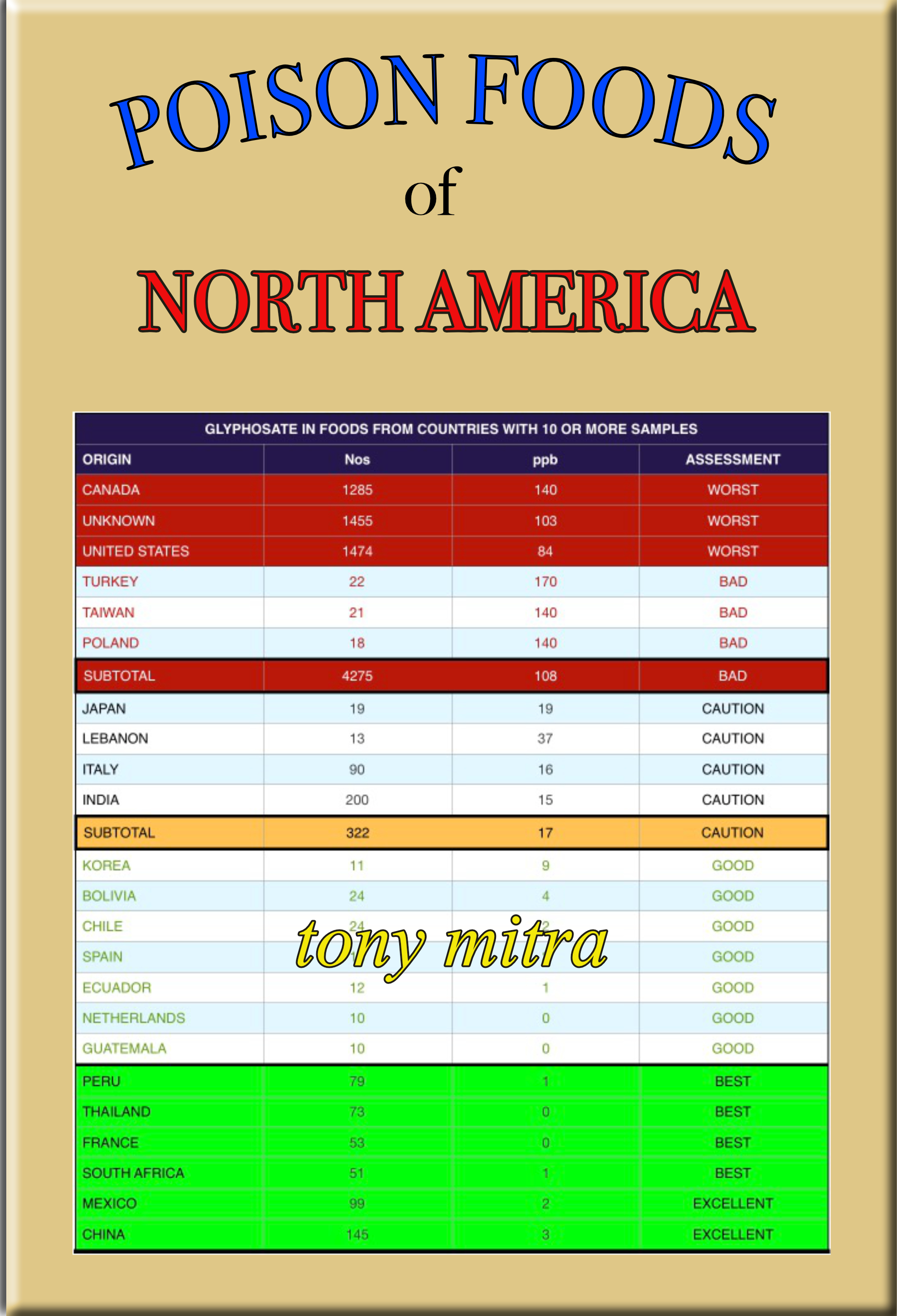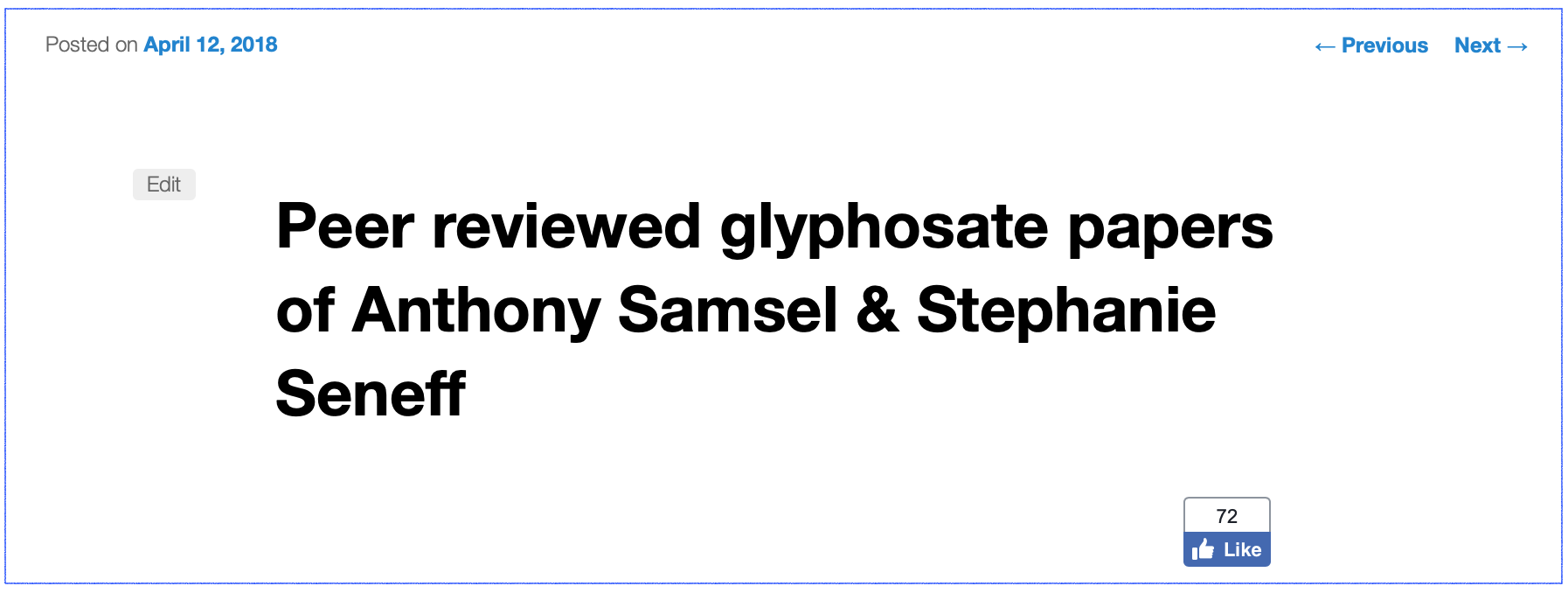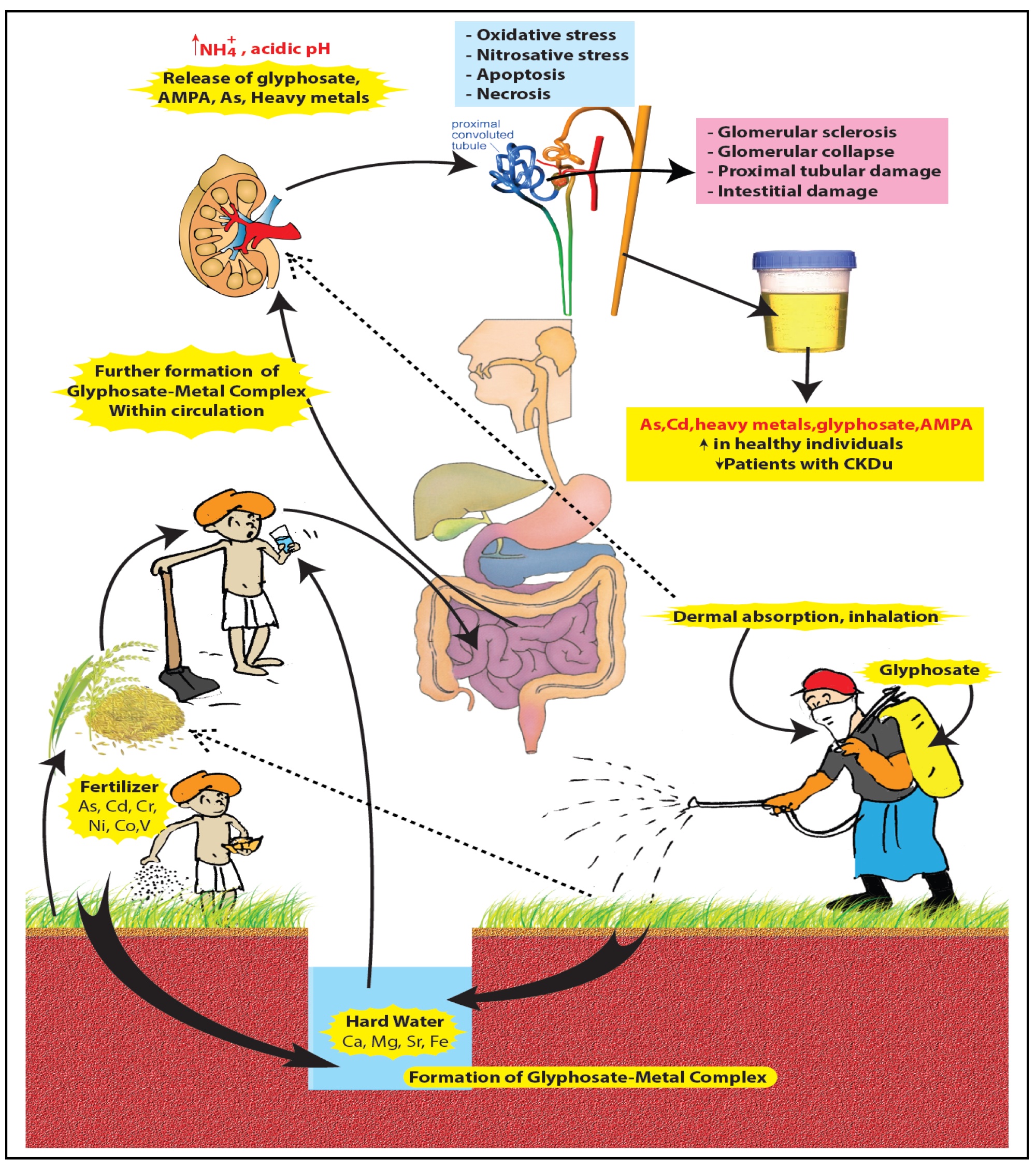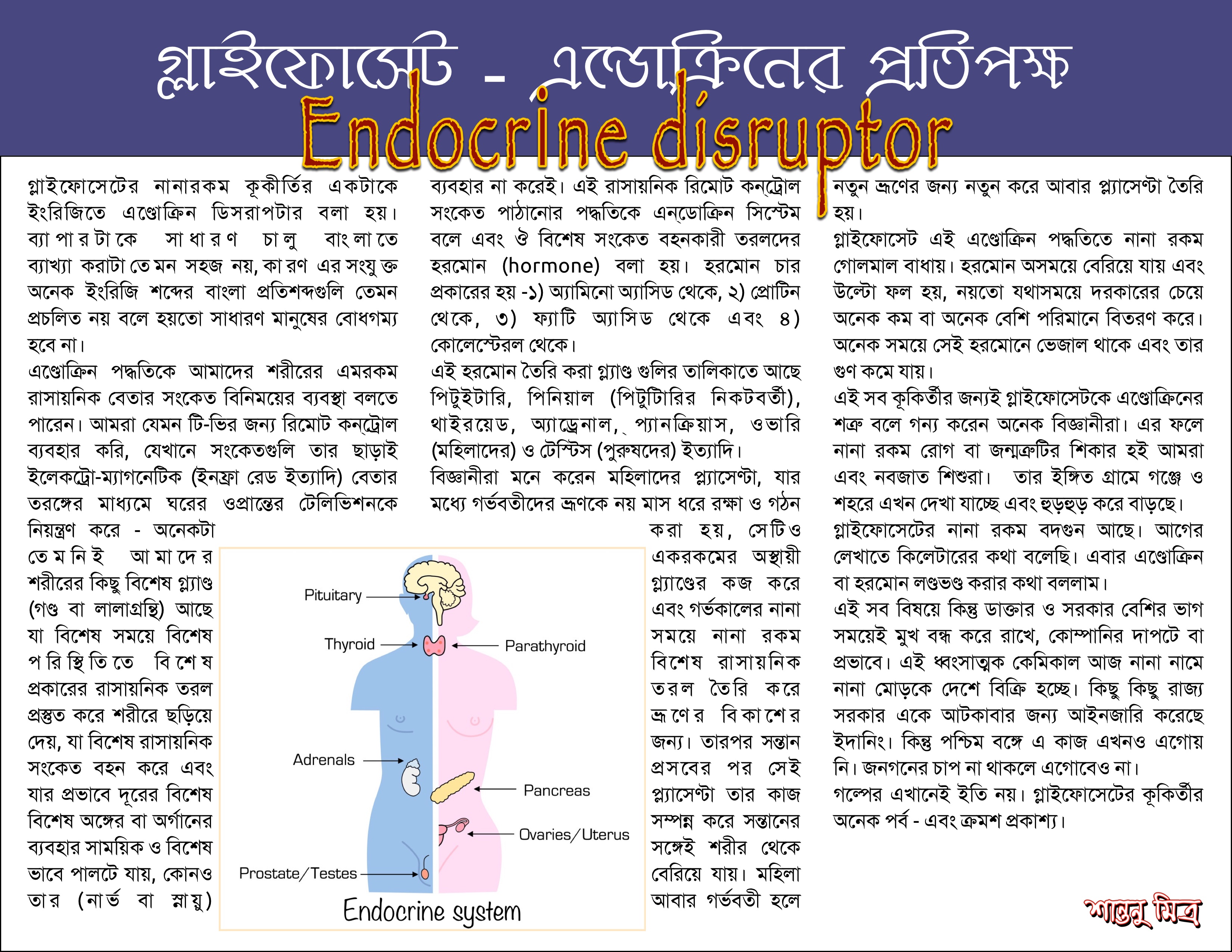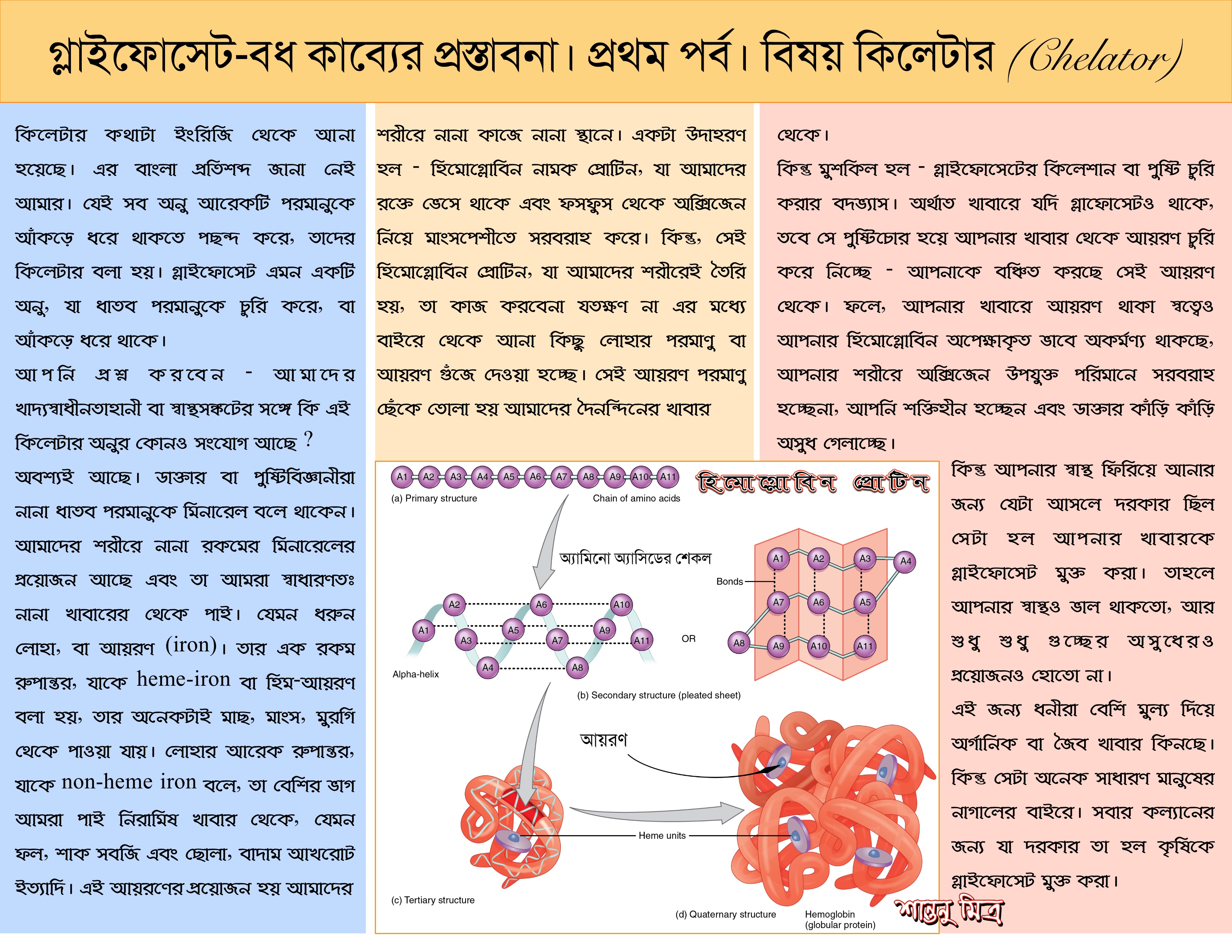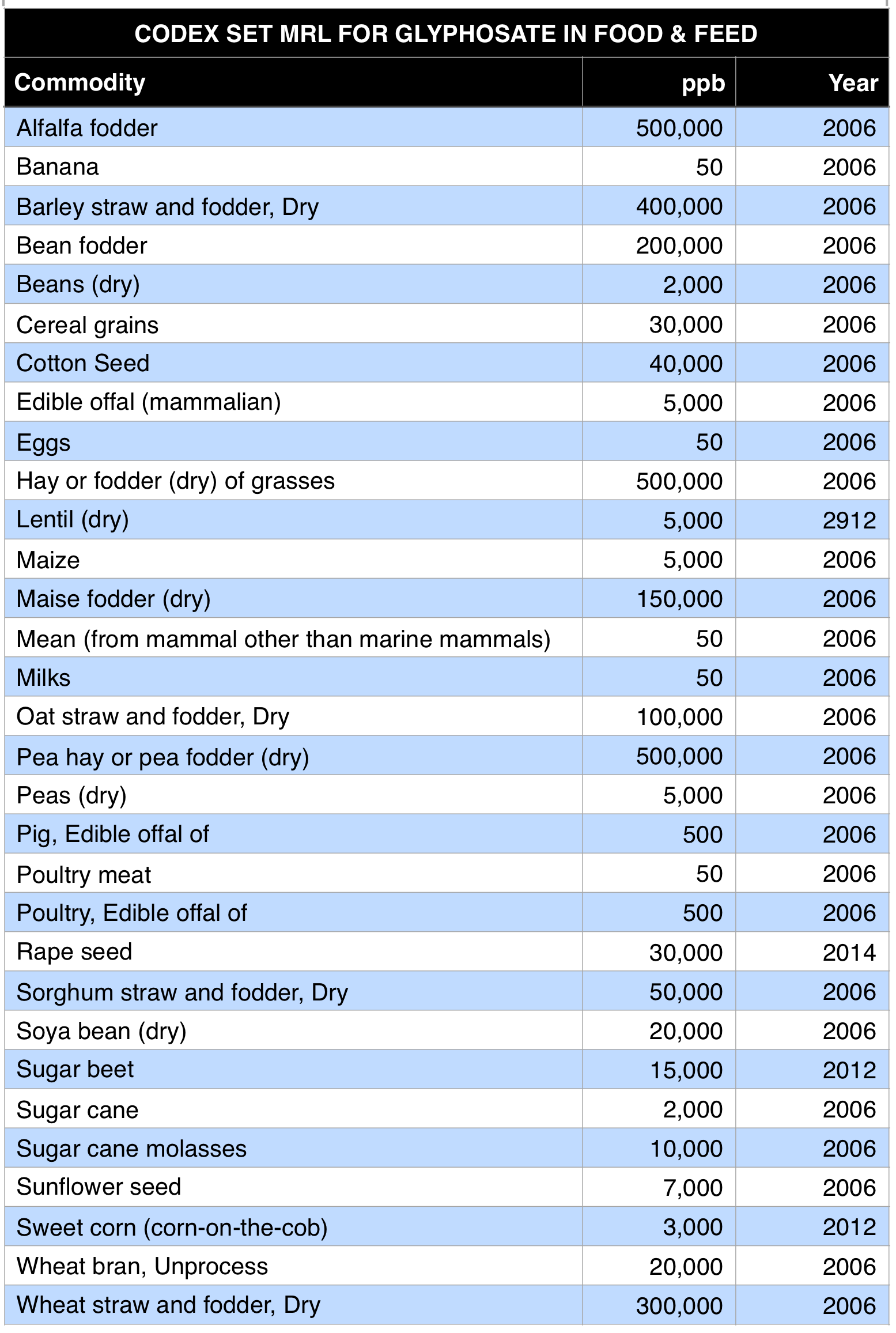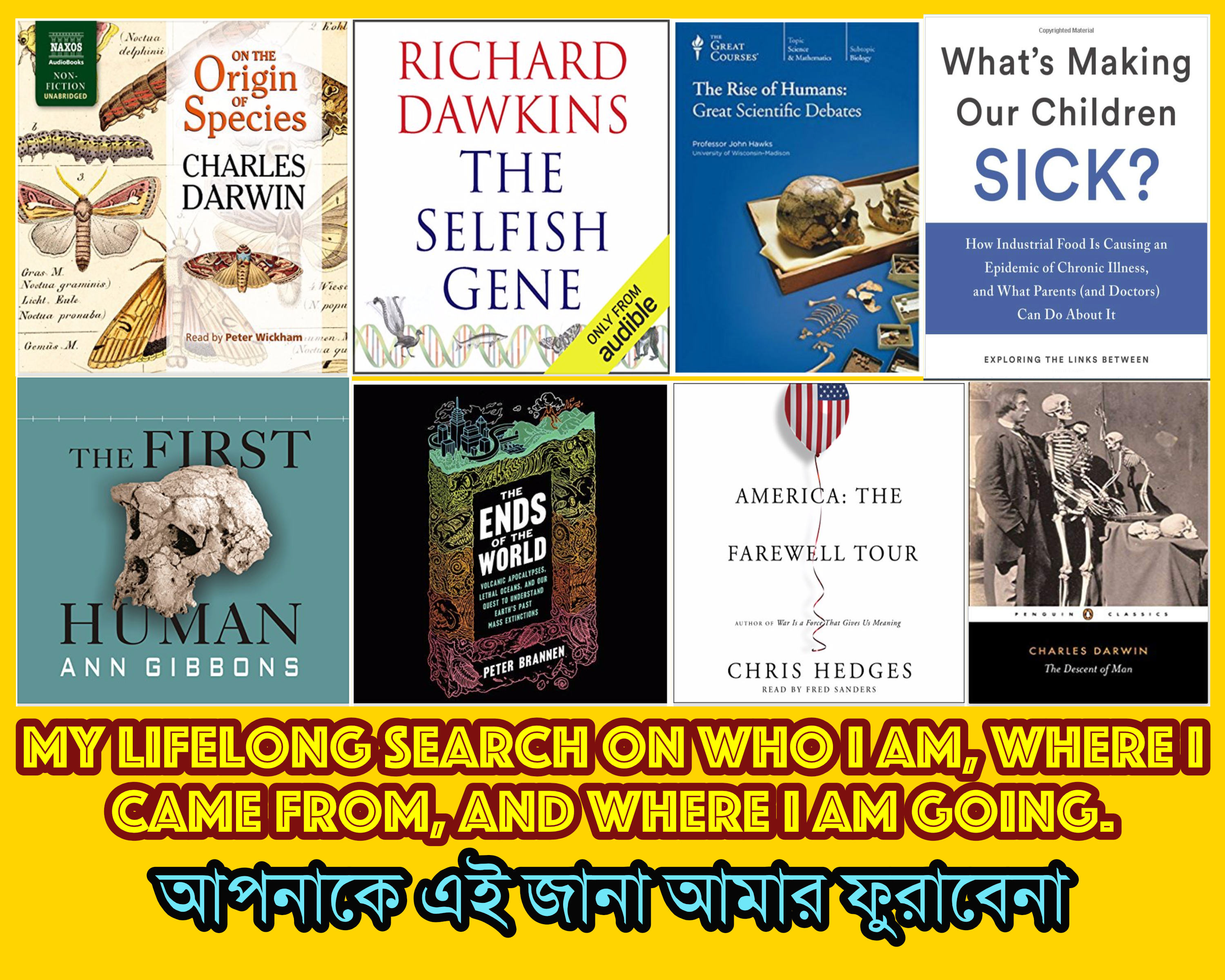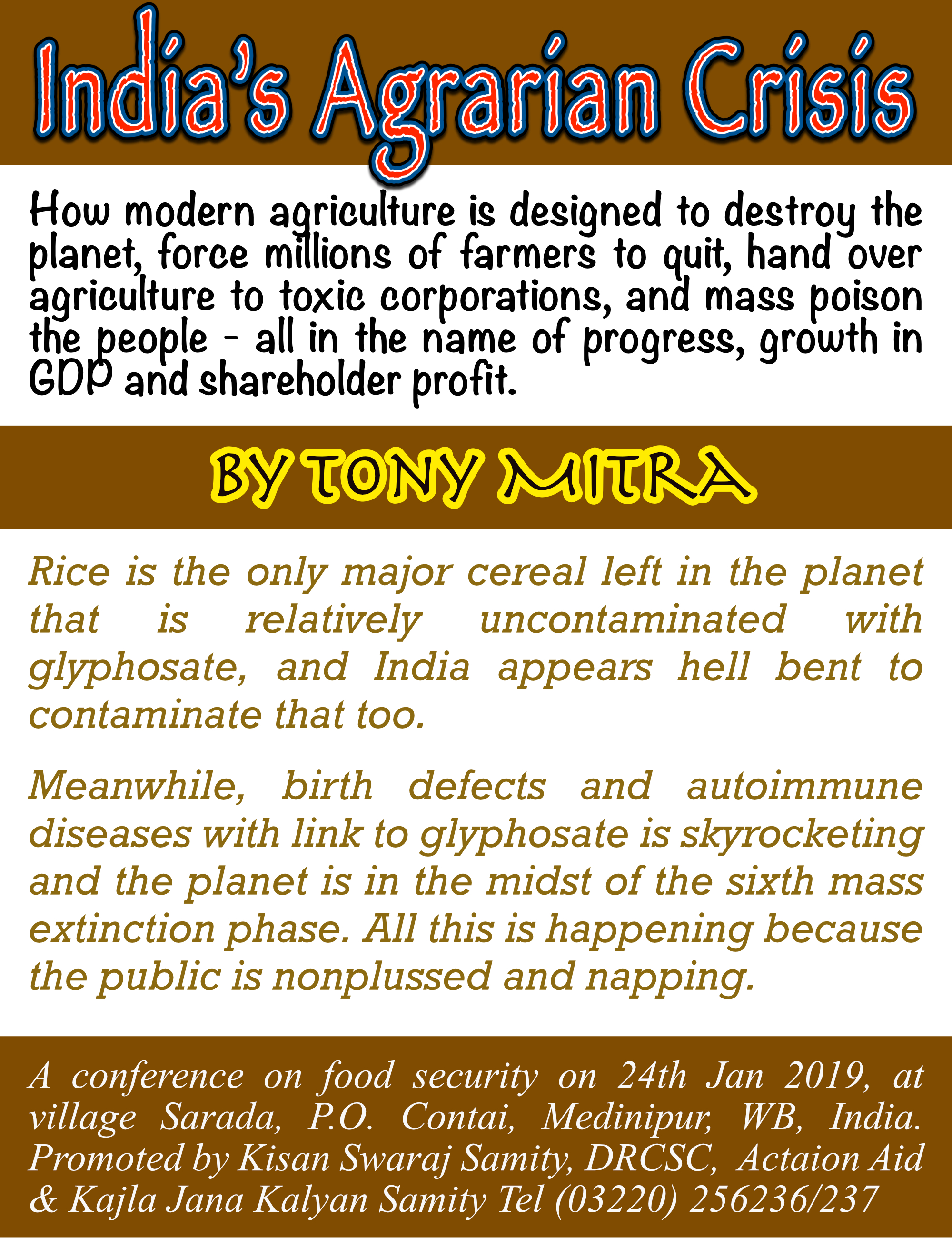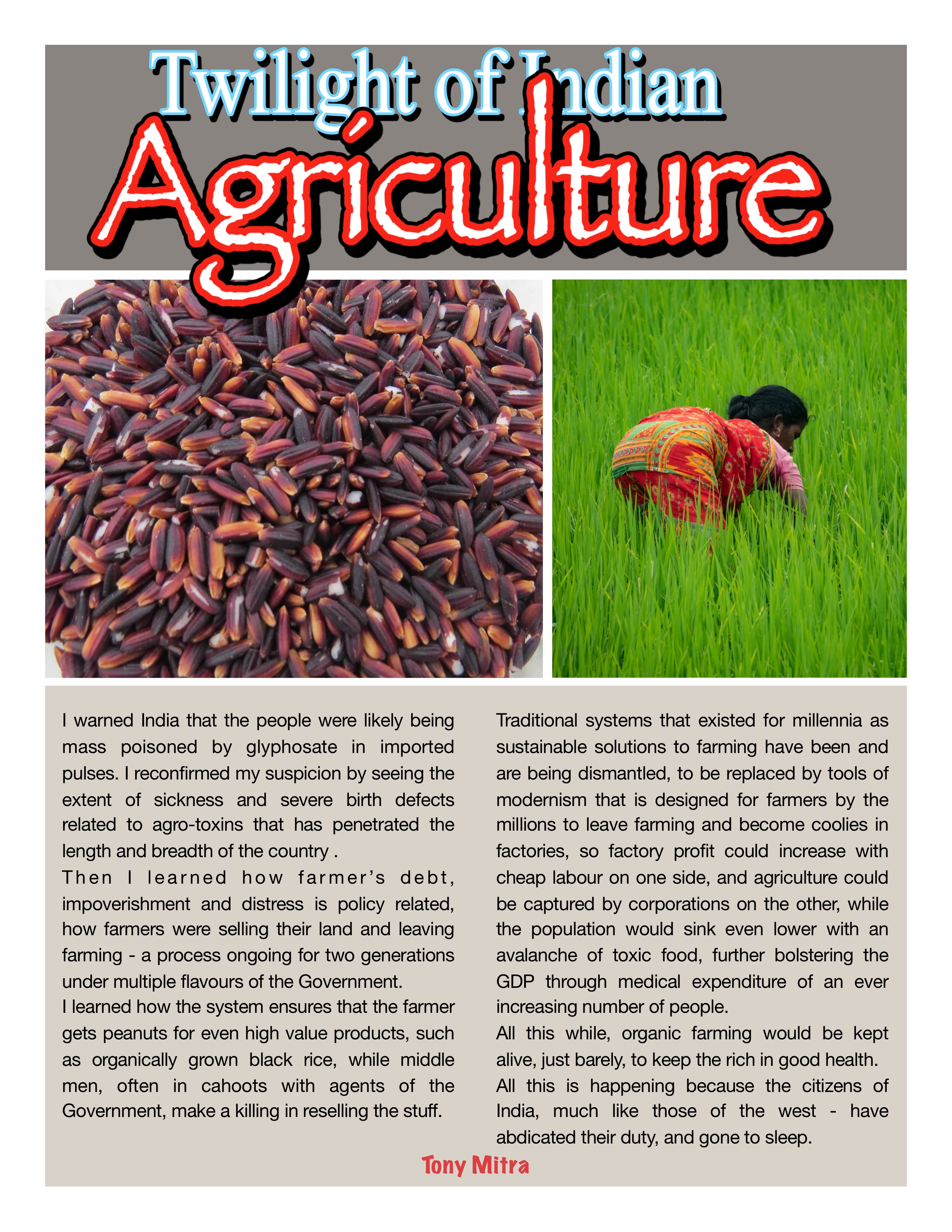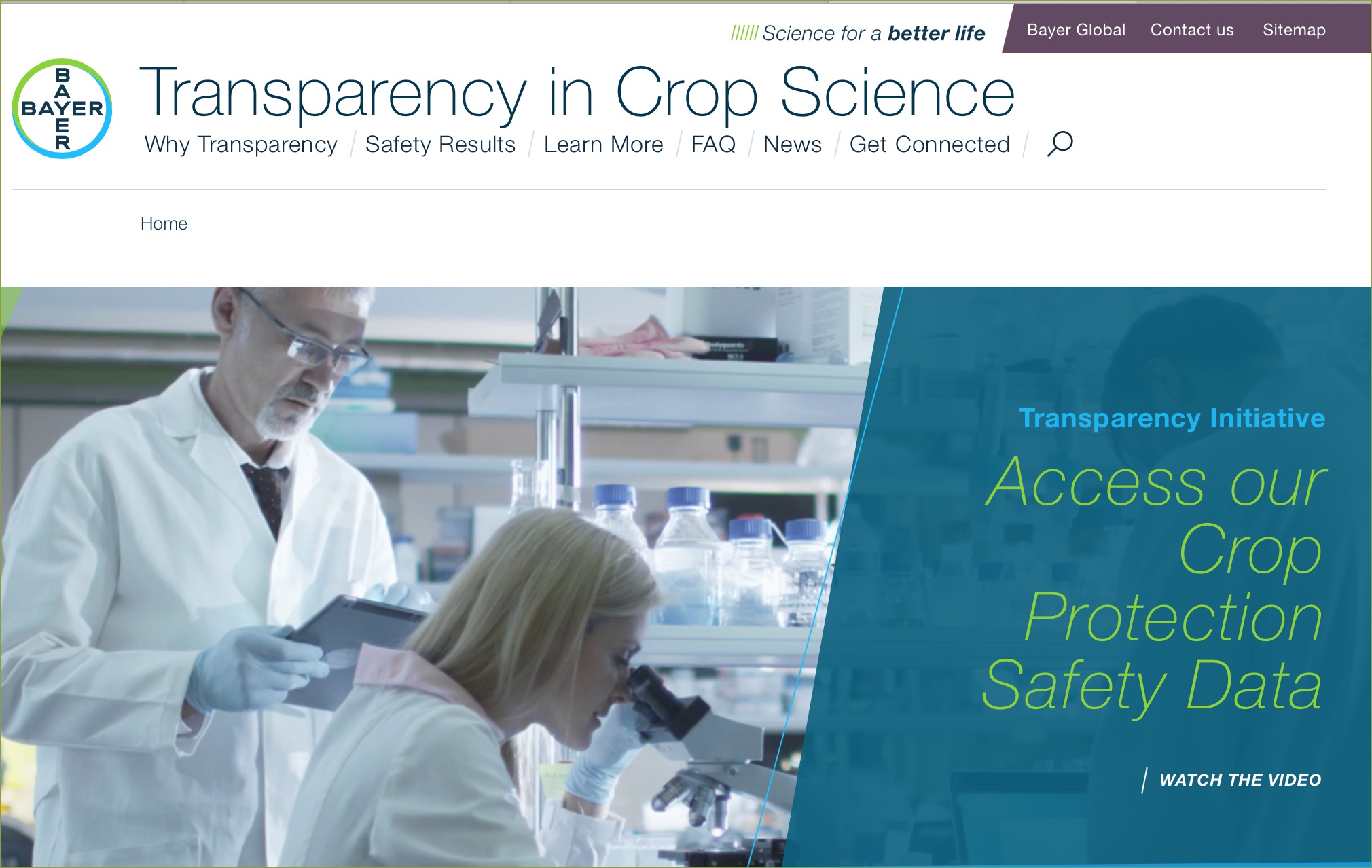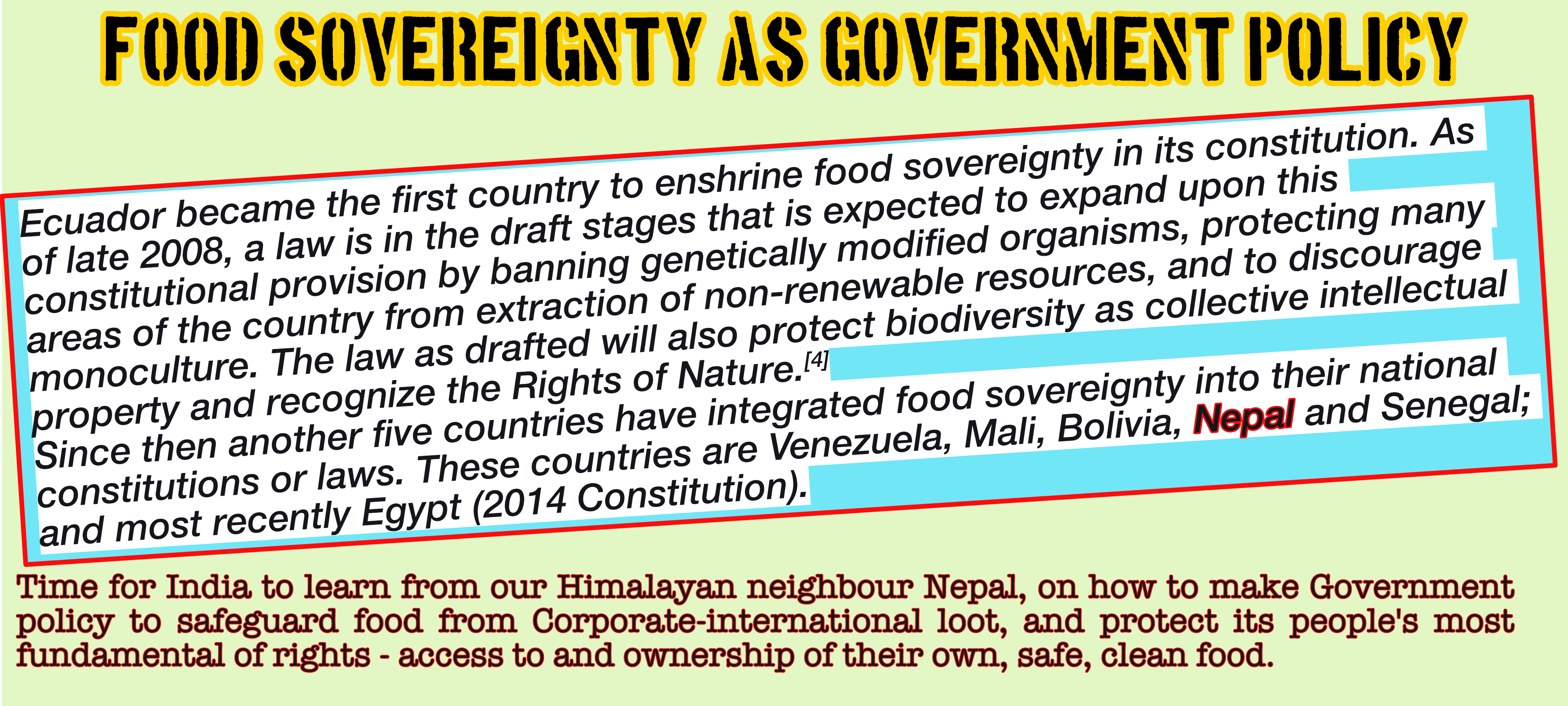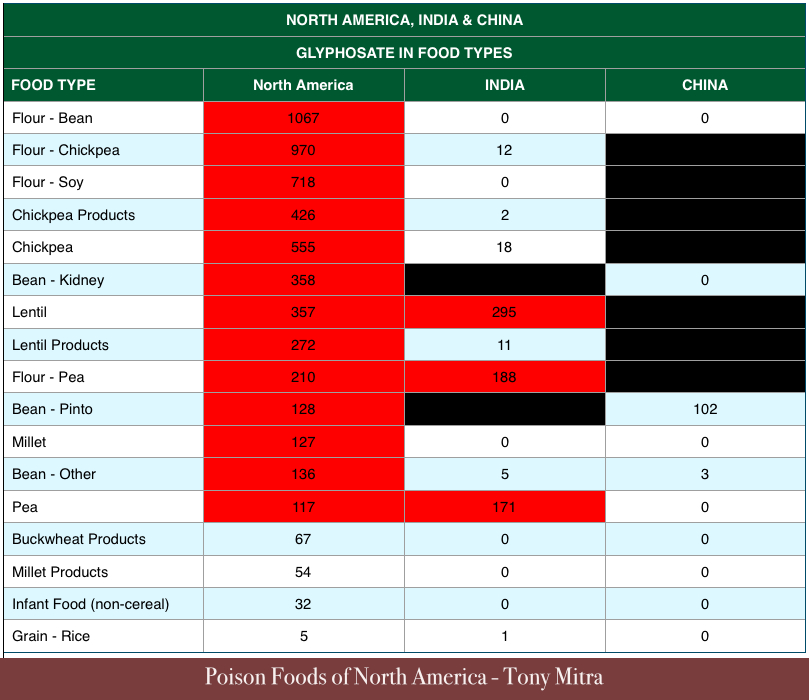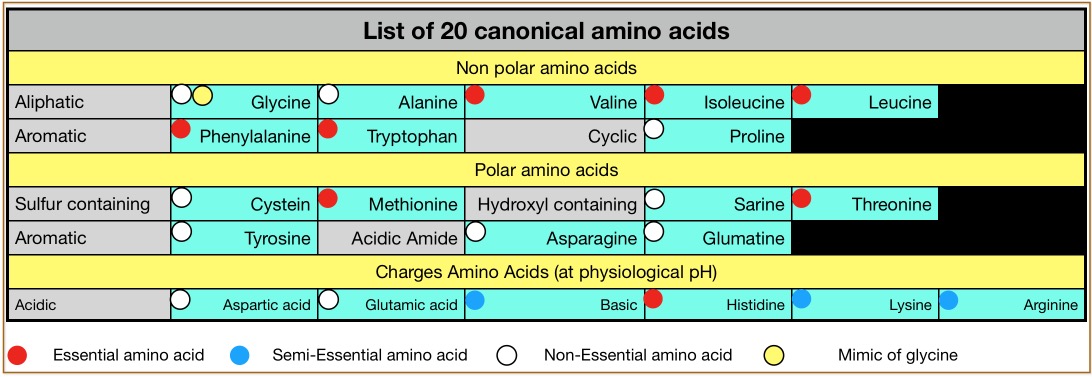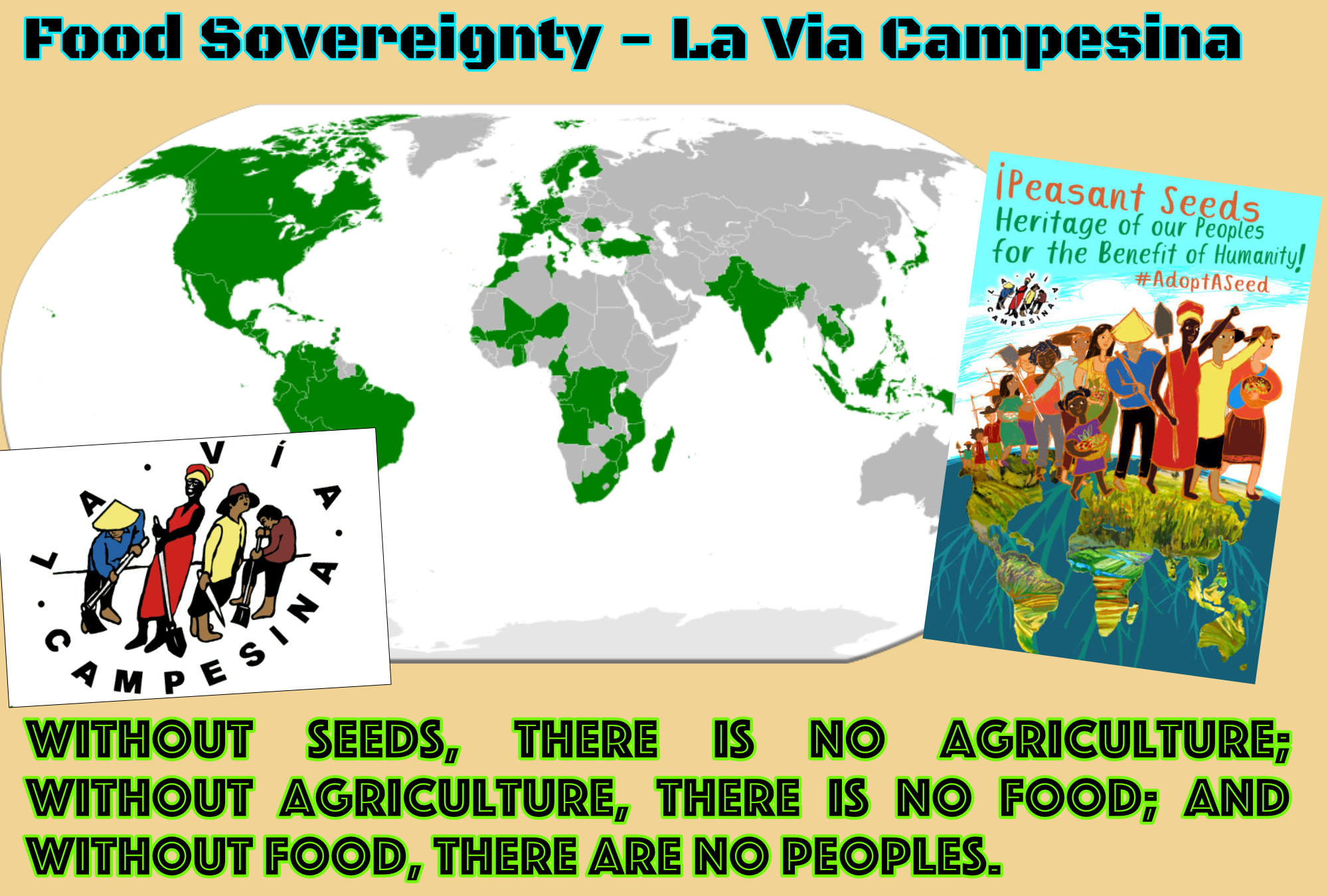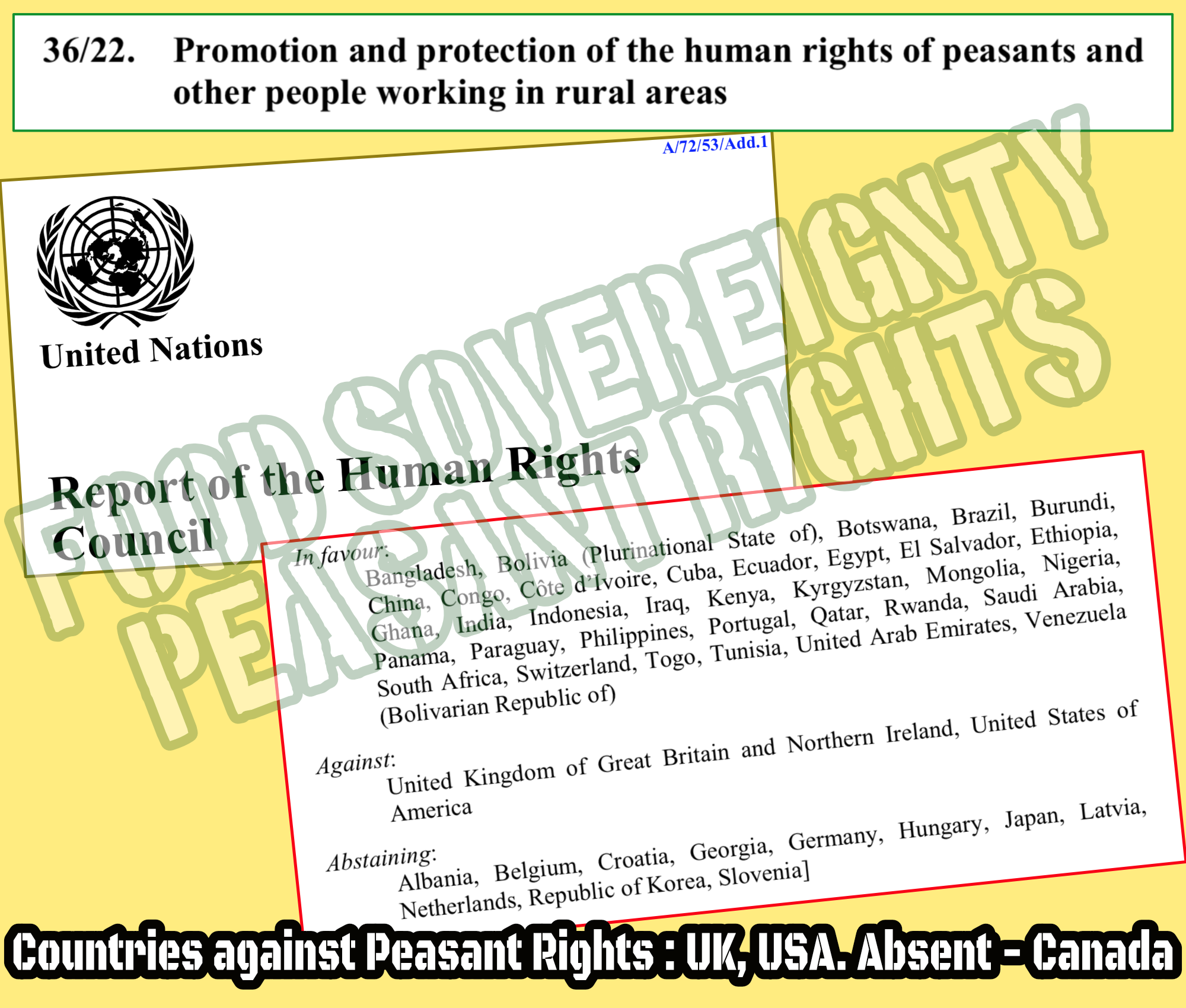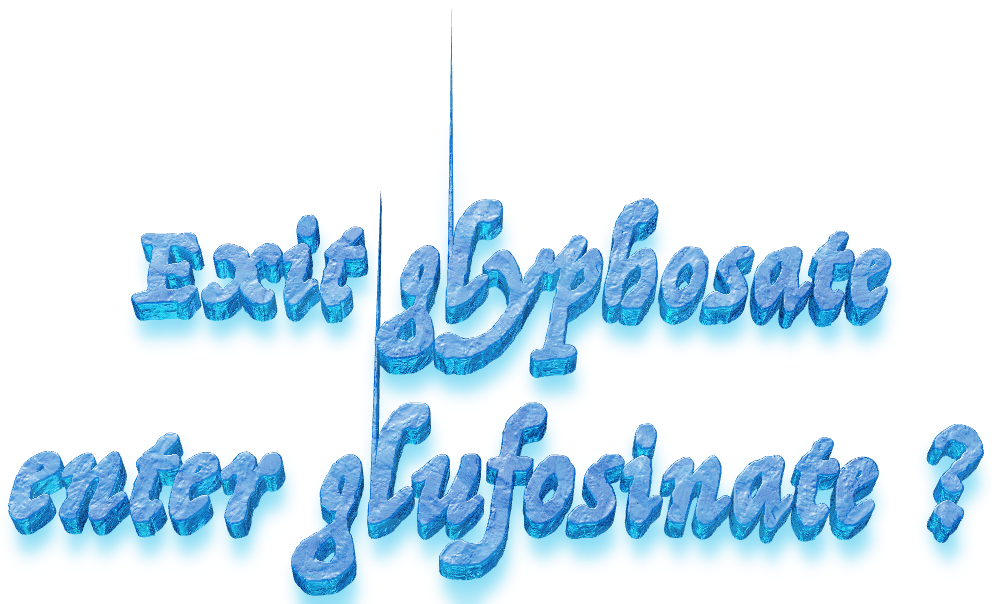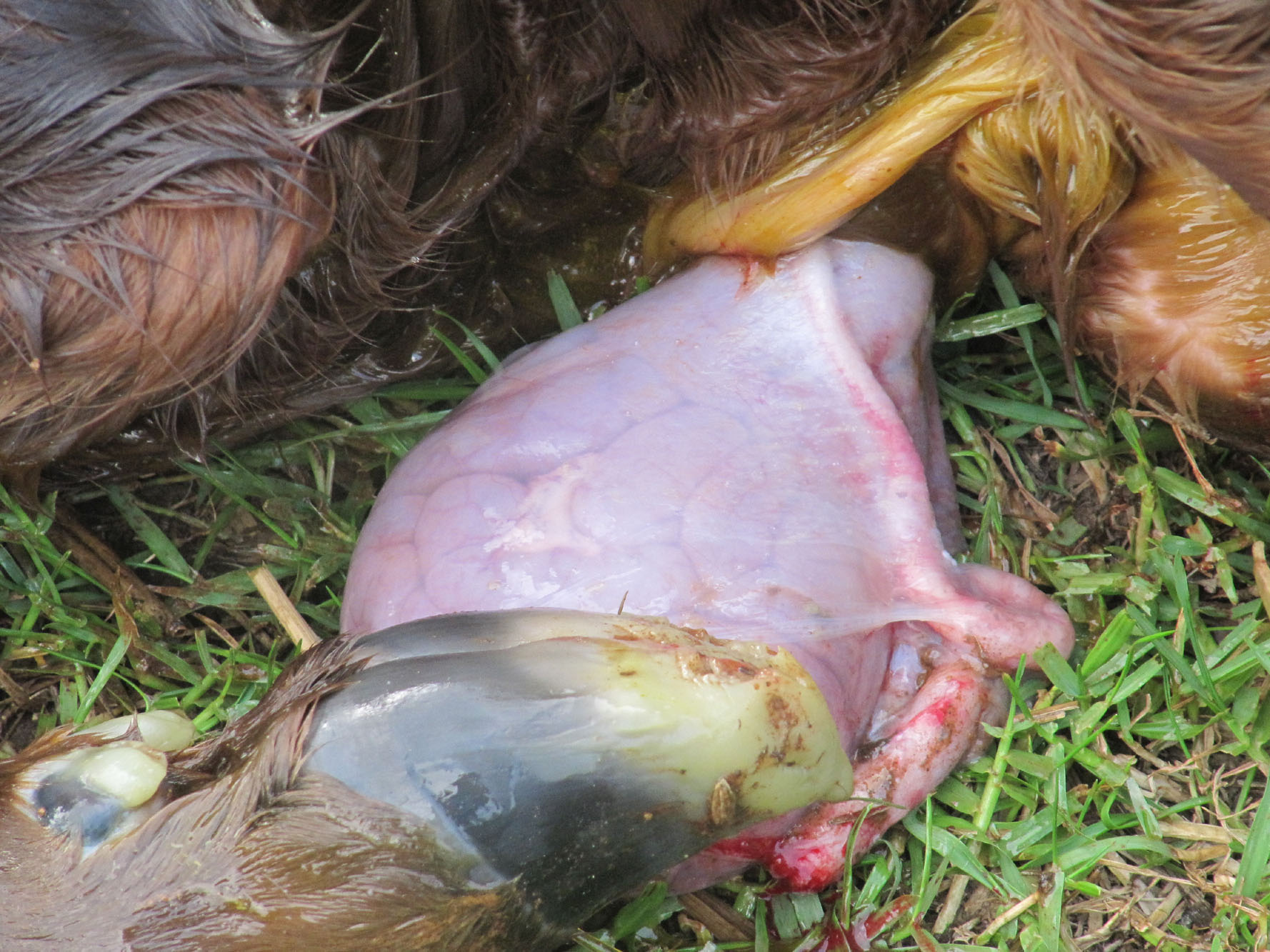
I got a bunch of photographs from rural India, in the district of Bankura from a farmer I know – Bhairav Saini. A calf was born in his property from a cow he owns, that had an opening in the region where the umbilical chord is attached. As a result of the opening, part of the calfs stomach and intestine had spilled out and was resting on the grass.
Villagers got hold of a veterinarian who, with help of the onlookers, pushed the stomach back inside the stomach cavity and stitched up the opening in the skin. No idea if the diaphragm was damaged or still functional. Dirt and external bacteria likely also entered the calk from the opening since it is highly unlikely that the field operation could be done with proper disinfecting done on parts entering the calf. The calf is reportedly not doing well, and I suspect it will not survive lone and likely will succumb from infection induced as a result. However, perhaps nothing else was possible to be done under the circumstance.
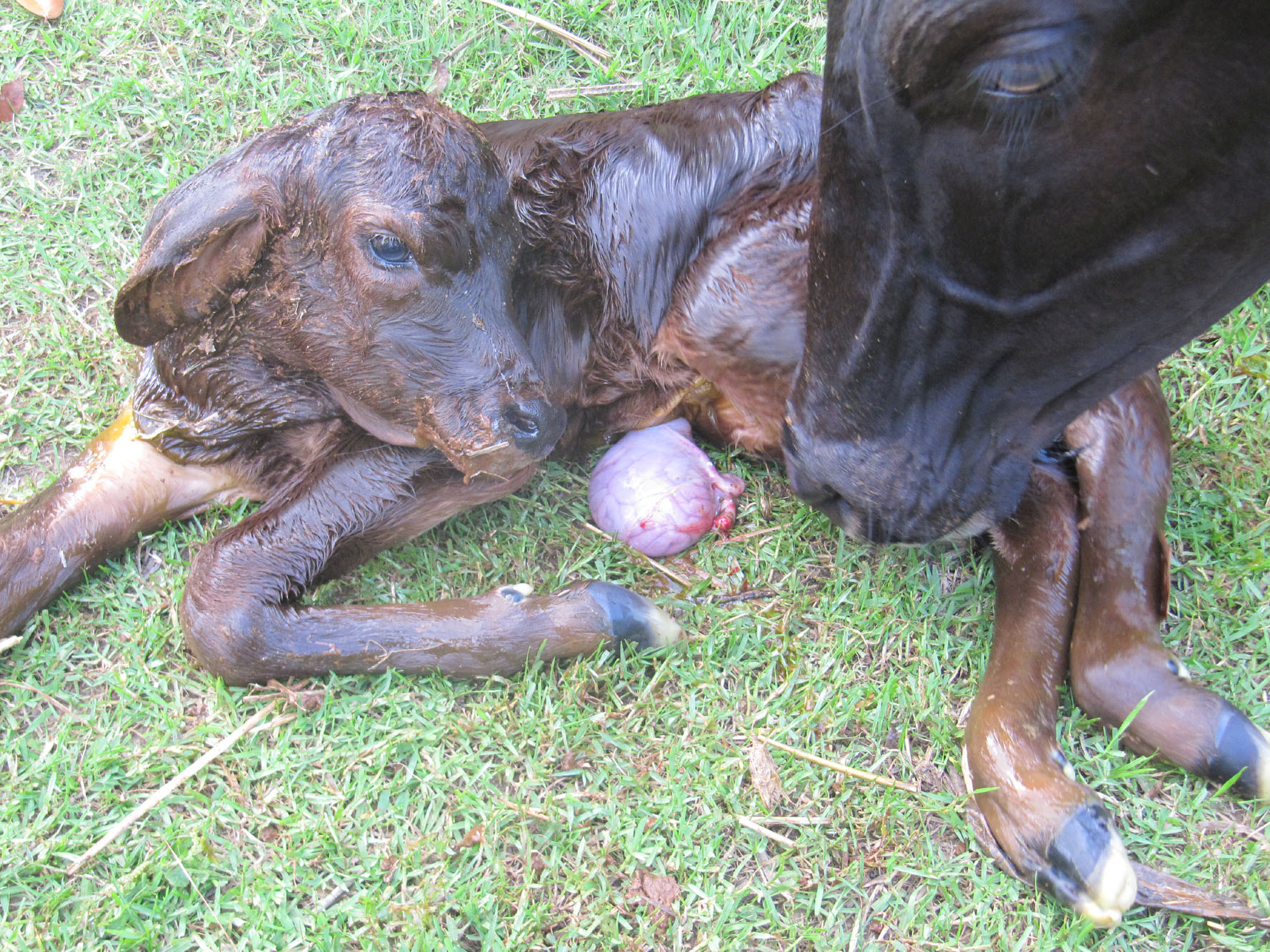
Why did it happen?
The question to ask is – why did this birth defect happen and is it a rare occurrence or an increasingly more frequent birth defect in herbivores. From records on wildlife and domesticated cattle in North America, this kind of birth defect was virtually unknown prior to 1995. It was first noted only in 1995 and has been increasing in frequency ever since. It is perhaps not a coincidence that the practice of directly spraying genetically modified Roundup Ready crops with glyphosate started from the mid 1990s and has since reached astronomical proportions not only through roundup ready GM crops but also by the practice of desiccation where conventional seed crops are sprayed with glyphosate prior machine harvesting.
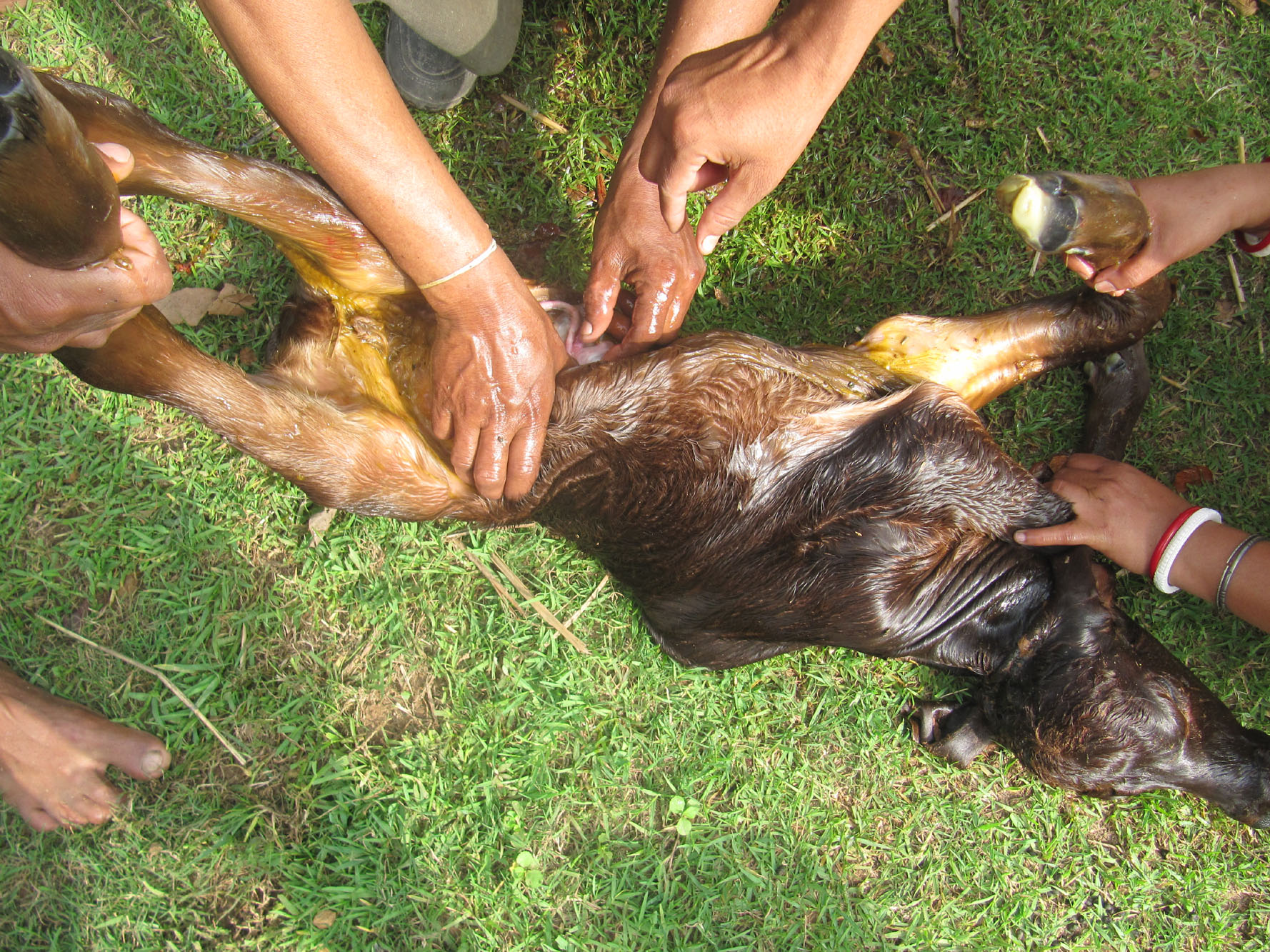
I contacted wildlife scientist Ms Judy Hoy, cellular biologist Anthony Samsel, plant pathologist Don Huber and others regarding this birth defect. The malady might be identified as herniated umbilicus, where the opening for the umbilical chord does not get closed, and the stomach spills out at birth. Don Huber said this defect also qualifies as Spina Bifida. Gastroschesis is the medical term when organs end up outside of their designated body cavity – as identified by Anthony Samsel. This defect was apparently unheard off prior to 1995. But since then, it has been seen with increasing frequency among gazing animals both wild and domesticated. It is suspected that whatever they are grazing, is allowing unwanted toxins to enter the body of the pregnant mother, which in turn is causing serious birth defects.
Why is 1995 significant?
Judy Hoy did not tell me why 1995 is significant, but I have explained already that direct spraying of glyphosate on food crops started at the time. Whatever was sprayed on the seed crops, would also remain in the stocks, which often became animal feed.
However, Bhairav Saini grows organic food. He does not use industrial pesticides on his field. Other than clean food, he only bought store bought wheat (cheapest wheat available) for the cow. I am still trying to find out if that cheap “ration” wheat is produced in Punjab and if they have started the practice of desiccating wheat with glyphosate prior to machine harvesting. Alternately, if the cheap wheat is imported, where does India import its wheat from ? I know they are importing toxic lentils from Australia and Canada.
Anthony Samsel has noted that presence of glyphosate already increases certain heavy metals such as lead (Pb) and Cadmium (Cd) in crops. If pregnant mothers are exposed, both of these heavy metals can by themselves be instrumental in triggering serious birth defects. If glyphosate is also present in the feed, then it could be indirectly involved as a catalyst. These issues need further study, and we wait for Anthony Samsel to complete his investigation. I do not know of anyone else anywhere on earth that is actually trying to study these issues at the level of cellular biology. Unfortunately neither the industry nor the government provides any funds for such research and scientists often have to scrounge around for pennies, or sell personal property, to raise funds to continue such research.
Indian agriculture policy is designed to make small farmers go extinct. Western policy on scientific research is designed to make independent research scholars like Antony Samsel to go extinct too, so independently verified information will not be available anywhere on earth regarding problems of using agro-toxins. Honest scientists in the west and honest farmers in the east, are both to go the way of the dodo.
I shall come back here to complete this issue as more information comes to light. Meanwhile, my thanks go to farmer Bhairav Saini for taking the pictures, research scholar Soumik Banerjee for contacting me about it, wildlife scientist Judy Hoy for her diagnosis of the birth defect and Anthony Samsel for his input on glyphosate and heavy metal link to such birth defects.
One thing is for certain – this malady, in domestic cattle, herbivorous wildlife and in humans, is going to appear in increasing frequency, in the coming decade.
Welcome to modern agriculture.

